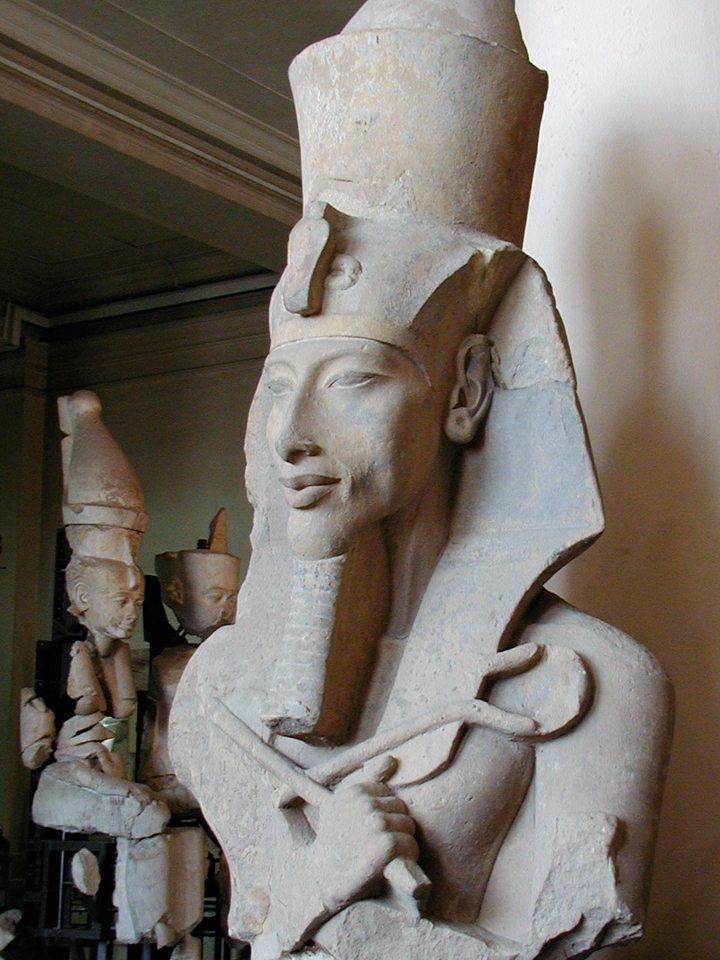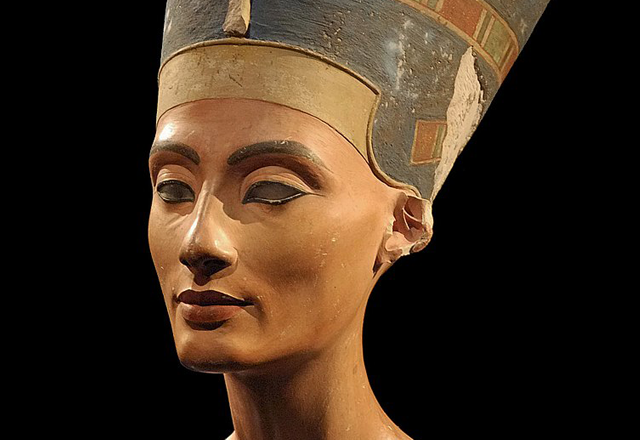Akhenaten & Nefertiti — c. 1372-1330 BCE


Amenhotep IV assumed the throne with a name that honored both his father, Amenhotep III, and the god Amen. But by the second year of his reign, he changed his name to Akhenaten, meaning “For the glory of Aten”. History remembers him as the “heretic king”.
For centuries, Egypt had been polytheistic, or they had worshiped multiple gods, but Akhenaten sought to limit this worship to one: Aten, the disk of the sun. He changed the nation’s official religion to be monotheistic, or to worship only one god. This is considered by some to be the world’s first monotheism.
He severed ties with the priests and temples of other gods and moved the capital from Thebes to a city he created, Akhetaten—known today as Amarna. This removal of power from religious officials destabilized the bureaucracy of Egypt’s government, and the closure of temples and their plantations spelled financial ruin. On top of this, everyday Egyptians were disgruntled by the change, and never fully converted to Atenism.
As Pharaoh, Akhenaten ruled alongside his primary wife, Nefertiti (sometimes referred to as Neferneferuaten). Nefertiti enjoyed a level of power that was not typical. In the distinct art style that comes out of the Amarna period, she was drawn smiting enemies of Egypt—a role which is usually filled by the Pharaoh—and she was frequently depicted as the same size as her husband, symbolically elevating her to his status.
Evidence suggests that after Akhenaten died in c. 1333 BCE, Amarna collapsed, and Nefertiti briefly ruled Egypt herself.

At-A-Glance
- The “Heretic” King and Queen of the New Kingdom who attempted to change the Egyptian religion
- Tenth ruler of the 18th Dynasty, and his chief wife who was possibly his successor
- Reign from c. 1351-1334 BCE


